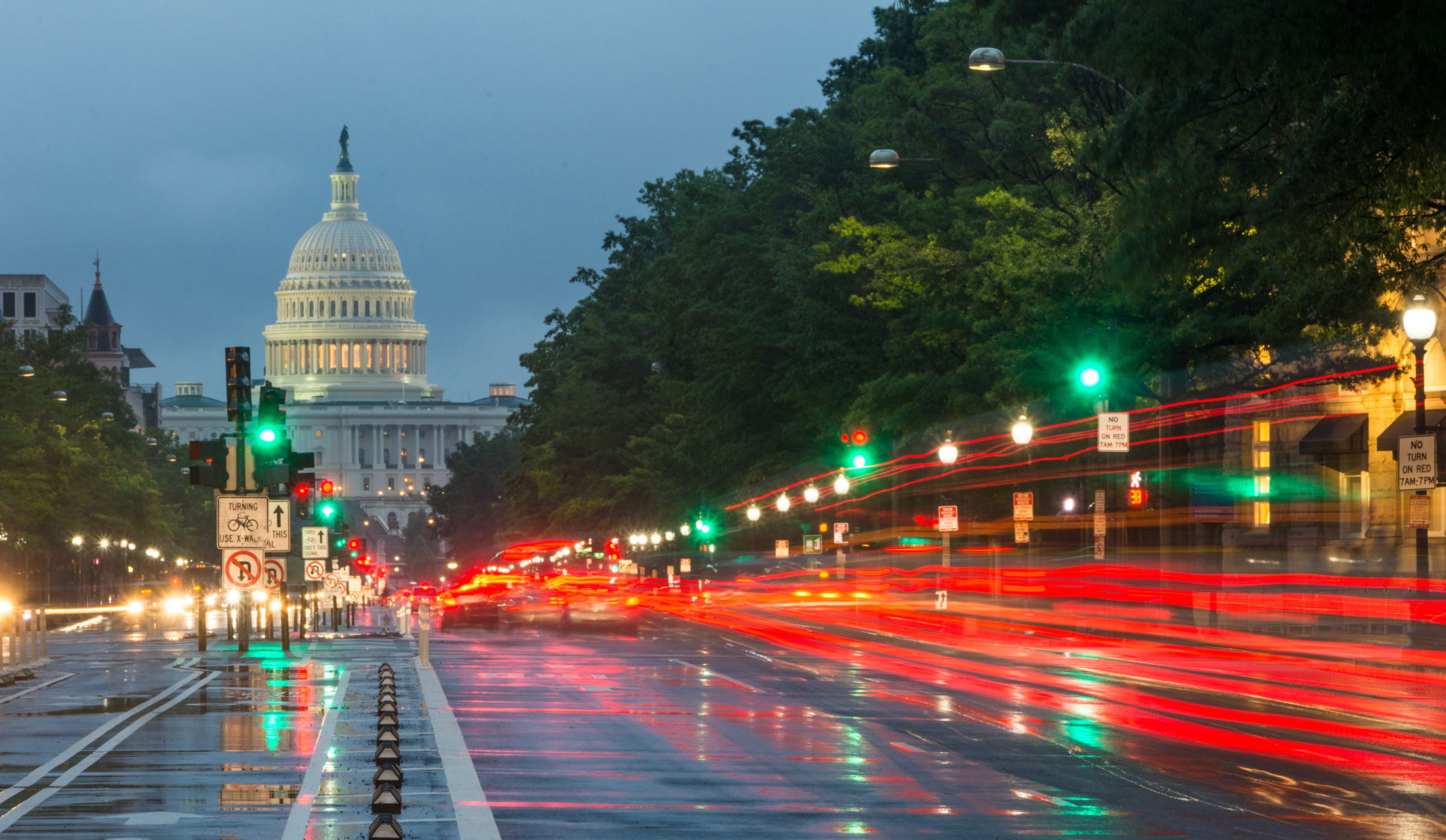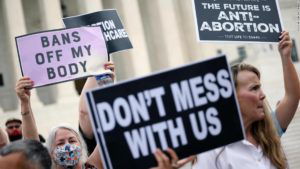
Patent Lawyer with Brooks Acordia Outlines USPTO Restriction Requirements
Feb 4, 2014
Los Angeles, CA (Law Firm Newswire) February 4, 2014 – Patent applications that describe more than one invention may face challenges in the United States Patent and Trademark Office (USPTO).
Inventors generally pursue separate patents for separate inventions. But when the inventions and their claims are closely related, the inventor may instead pursue a single patent with a single application. As a local patent prosecution attorney explains, that strategy is not always permitted by the USPTO.
“When a USPTO patent examiner determines that a patent application contains claims defining two or more distinct inventions, the office may issue a restriction requirement,” said Simi Valley patent attorney Pejman “PJ” Yedidsion. “The applicant will then be required to choose which invention to pursue in the current application.”
Patents on the remaining invention(s) may then be pursued in one or more divisional patent applications. “Divisionals,” as they are often called, are a type of continuation application. They generally have the same specification, or written description, of an invention and claim the priority date of their parent application, but they contain separate claims.
The Manual of Patent Examination Procedure (MPEP), Chapter 803, lists two criteria necessary before a restriction requirement may be issued. First, the inventions in the application must be independent or distinct as claimed. Second, the application must present a “serious burden” to the examiner if restriction is not required.
Restriction requirements narrow the scope of the patent application in question. Additionally, they increase the cost in time and fees of obtaining patent protection for all of an inventor’s claims. In some cases, obtaining protection on all claims will prove impractical or infeasible. On the other hand, obtaining separate patents for related inventions may be advantageous in some cases.
“If an inventor presented with a restriction requirement believes that the examiner has failed to establish that a serious burden exists without the restriction, the inventor may contest the requirement on those grounds,” Yedidsion added. “In that case, the counsel of an experienced patent prosecution attorney is essential.”
Learn more at http://www.brooksacordia.com/
Brooks Acordia IP Law, P.C.
1445 E. Los Angeles Ave. #108
Simi Valley, CA 93065-2827
Phone: (805) 579-2500
Fax: (805) 584-6427
- SUPREME COURT TO DECIDE WHETHER COMPUTER-IMPLEMENTED INVENTIONS CAN BE PATENTED
Are computer-implemented inventions directed to patent eligible subject matter? This question is now before the Supreme Court in Alice Corporation v. CLS Bank Intl. Oral arguments are set for March 31 and the decision is expected in June 2014.<br />
The patent at issue (U.S. Patent 7,725,375) is directed to an escrow system to reduce risk in settling financial transaction. The Federal Circuit, the court below, considered en banc the patent eligibility (35 U.S.C. 101) of claims of this patent. But … - Speedy Patent Prosecution, Part 2: Accelerated Examination
The previous post in this series covered Track One prioritized examination, a USPTO program with a substantial fee, but no additional preparation required for the application. This post details a very different method of speedy prosecution: the Accelerated Examination Program.<br />
Like Track One, the Accelerated Examination Program has a stated goal of completing examination within 12 months of filing. But the similarities end there. Accelerated Examination has only a small fee, but a significant preparatory burden that entails its own … - Speedy Patent Prosecution, Part 1: Track One Prioritized Examination
The USPTO has a number of different programs to allow for speedier prosecution of patent applications. Each expedited prosecution path has their own qualifications, advantages, and disadvantages. This series of posts will cover some of these programs in detail. First up is Track One.<br />
USPTO’s Track One prioritized examination is a special program for speedy examination of nonprovisional utility and plant patent applications. To be eligible, applications must have no more than four independent claims and 30 total claims, and …


